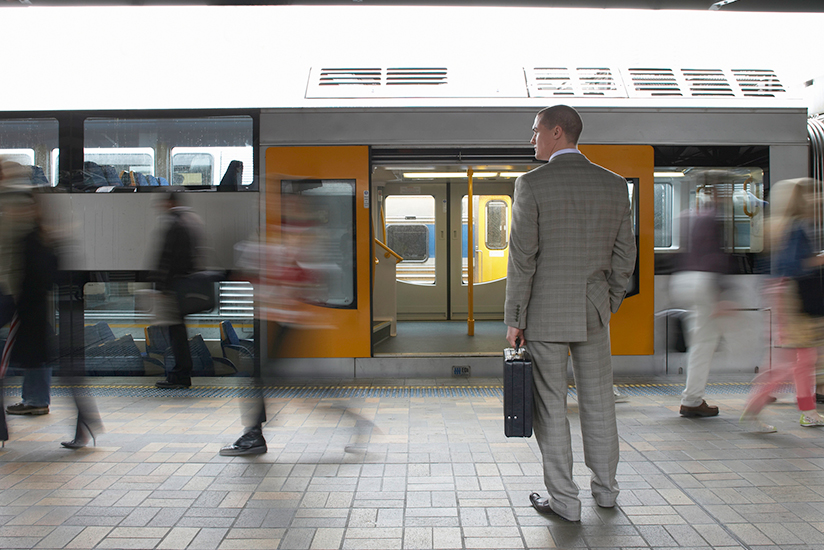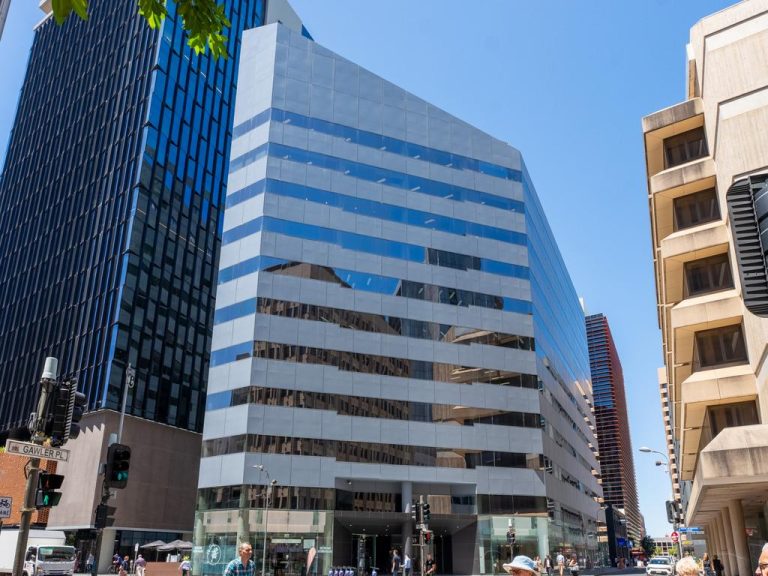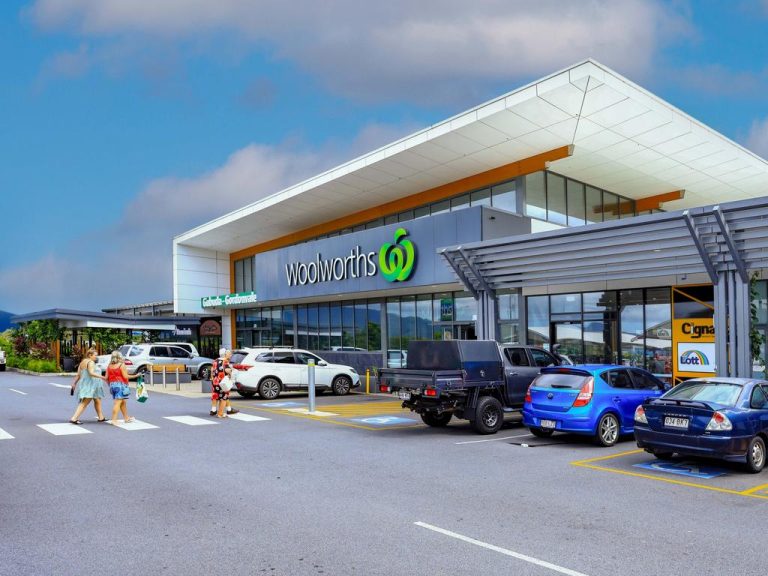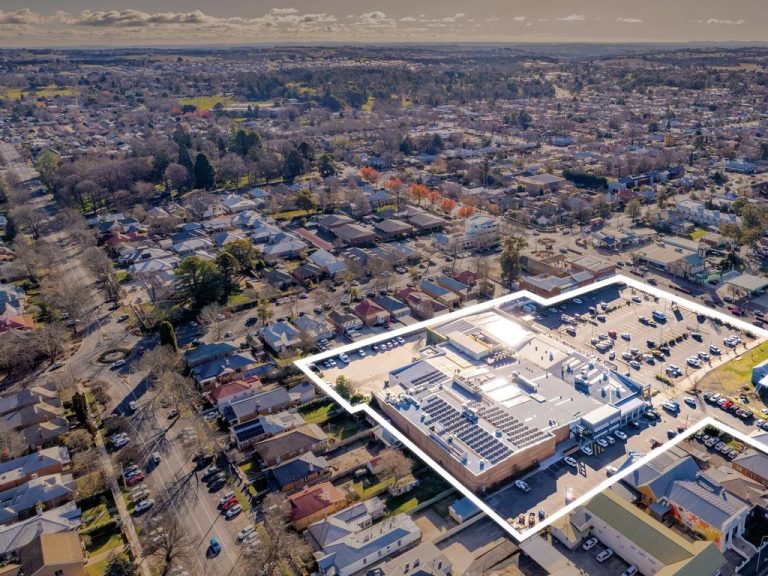‘Earn the commute’, Lendlease tells businesses

Corporate Australia needs to get its people back into offices in order to ensure productivity and business goals are met, according to the country’s top office developer Lendlease.
The company, which has developed and built countless towers on city skylines, says that as we prepare for the period after social distancing, both corporate chiefs and staff need to get back to their desks.
Lendlease is pushing ahead with some of the largest skyscrapers in Sydney and Melbourne, confident that major companies are coming around to taking up space in them once they recognise that the coronavirus pandemic has been contained.
City office markets are weighed down by falling rents, rising incentives and lots of companies looking to sublease space. But the developer believes a split will emerge between companies that get back to work quickly and laggards that are slow to bring staff back.
Lendlease chief executive of property for Australia Kylie Rampa says the developer had re-opened its offices at Sydney’s harbourside Barangaroo precinct and the site was busy.
“People just love being able to come back and have a really good cup of coffee,” she said.
While the development boss is glad to see the back of her home office, she says companies need to lure them back.
“Corporates need to earn the commute,” she said. While big firms are looking to attract fresh talent and lock in existing staff as unemployment falls, she said they “have to make it exciting for people to be back in the office”.
The global developer, which also has big projects in London and the US, says that one key for getting people back is having active ground-level activities, like cafes and restaurants.
But critically performance is also boosted by being back.
The Leesman Index, the world’s largest benchmark for work, has found that staff are performing more highly as they come back in and are more inclined to want to return to more modern towers.
“We think that’s going to lead to a flight to quality, particularly in the commercial sector,” Ms Rampa said.
Back to office messages are also taking on a slightly harder edge as the threat of the pandemic passes.
Ms Rampa said it was important people recognised their presence at work drove value in a way that works for both sides.
“If you don’t feel you need to engage with your workplace. Then what happens to your role: does it become less relevant? Does it become automated? Is it put somewhere else in a lower cost environment?” she asked.
Large companies are also recognising their offices can make all the difference to how they perform.
“The dialogue we’re having with major corporates, as we engage with them from a leasing perspective, is not just them trying to reduce their office costs at all,” Ms Rampa said.
“They’re looking at their workplace strategy, they’re very focused on talent management and very focused on their culture,” she said.
Lendlease’s work shows that offices serve as a “clubhouse for culture” and if companies don’t have people in the office for most of the time problems can mount as teamwork remains critical.
“You can record a group of musicians playing individually to make up an orchestra. If you want to record a really compelling masterpiece, they need to bring people together and they interact together,” Ms Rampa said.
The best workplaces will be flexible with the crisis removing the stigma and unconscious bias against full time in-office workers.
Ms Rampa predicts a hybrid structure will emerge thanks to new technologies being used.
But the developer is confident that some current stumbling blocks like lift queues will be overcome.
“It’s an issue we’re dealing with today. Is it an issue for tomorrow?” Ms Rampa said noting towers were designed for the long term rather than to deal with the pandemic’s immediate aftermath.
“You would expect the workings of an office in a post vaccine environment to get back to a more normalised environment,” she said.
But in a move that could help workers making the shift back to work she said that previous peaks around 9-5 days may not occur.
“We see the office as being on an evolutionary path that we see is just going to continue,” Ms Rampa said.
Even as the world goes back to normal cities will need a lot of work to get most buildings up to speed – and some won’t make the grade.
“Buildings that can’t offer that amenity ultimately will be repurposed. They’ll be renovated, there might be residential conversions or be knocked down and rebuilt as new generation buildings,” she said.
This article first appeared on www.theaustralian.com.au.







